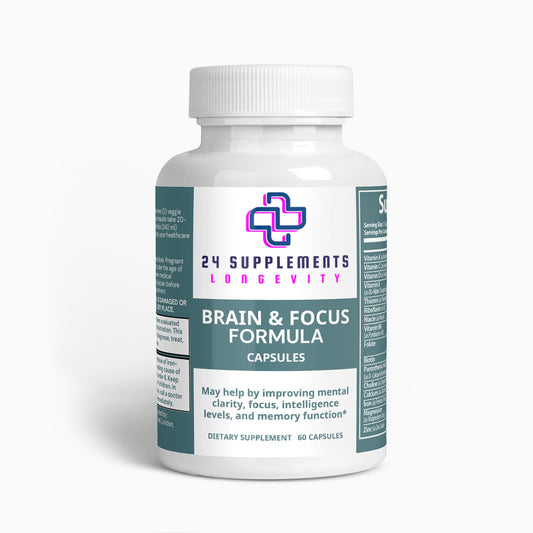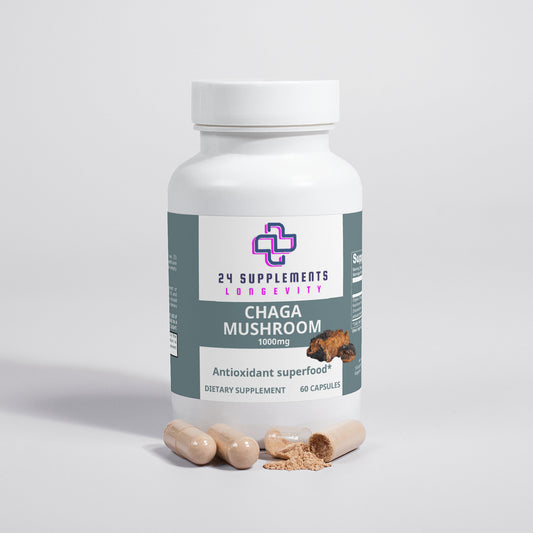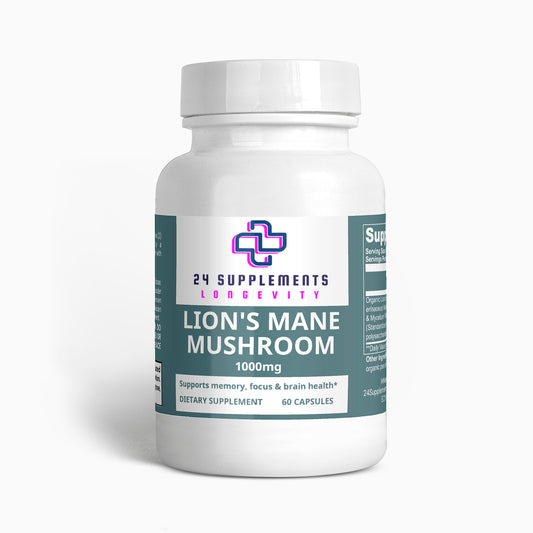
How CBD Interacts with the Body to Alleviate Nerve Pain
Share
How CBD Interacts with the Body to Alleviate Nerve Pain
Table of Contents
- 1. Introduction
- 2. Understanding Neuropathic Pain
- 3. The Endocannabinoid System and Pain Regulation
- 4. CBD’s Mechanism of Action in Pain Relief
- 5. Anti-Inflammatory and Neuroprotective Effects of CBD
- 6. Scientific Evidence Supporting CBD for Nerve Pain
- 7. Practical Guidance for Using CBD to Alleviate Nerve Pain
- 8. Conclusion
1. Introduction
Nerve pain, also known as neuropathy, is a complex and often debilitating condition that affects millions of people worldwide. Whether caused by conditions like diabetes, multiple sclerosis, or injuries, neuropathic pain can significantly reduce the quality of life. Traditional pain management options often fall short in providing relief, leading many to explore alternative treatments like cannabidiol (CBD). CBD, a non-psychoactive compound found in the cannabis plant, has shown promise in managing various forms of chronic pain, including nerve pain. This article delves into how CBD interacts with the body to alleviate nerve pain, focusing on its interaction with the endocannabinoid system (ECS) and its anti-inflammatory and neuroprotective properties.
2. Understanding Neuropathic Pain
Neuropathic pain is unique in that it is often characterized by burning sensations, tingling, numbness, and shooting pain. Conditions like diabetes, multiple sclerosis, shingles, and chemotherapy-induced peripheral neuropathy frequently lead to nerve damage. In these cases, the nerves are no longer signaling pain appropriately, leading to increased sensitivity and discomfort.
Because neuropathic pain originates from the nervous system rather than damaged tissue, it requires a different approach to treatment. This is where CBD steps in, offering a novel mechanism that targets the underlying causes of neuropathic pain, such as inflammation, overactive nerve signals, and oxidative stress. Moreover, the psychological aspects associated with chronic pain can also be addressed by CBD's anxiolytic effects, providing a more holistic treatment approach.
3. The Endocannabinoid System and Pain Regulation
The endocannabinoid system (ECS) is a crucial regulator of many physiological processes, including pain perception, immune response, and inflammation. The ECS consists of three key components:
- Endocannabinoids: Naturally occurring cannabinoids produced by the body, such as anandamide and 2-arachidonoylglycerol (2-AG), which bind to receptors to regulate various bodily functions, including pain modulation.
-
Cannabinoid Receptors:
- CB1 Receptors: Primarily found in the brain and central nervous system, CB1 receptors are involved in regulating pain, mood, and memory.
- CB2 Receptors: Located mainly in the peripheral nervous system and immune cells, CB2 receptors are key players in managing inflammation and immune response.
- Enzymes: Enzymes like FAAH (fatty acid amide hydrolase) and MAGL (monoacylglycerol lipase) are responsible for breaking down endocannabinoids after they have fulfilled their roles.
The ECS helps maintain homeostasis in the body, ensuring that various physiological processes, including pain and inflammation, remain balanced. In individuals with chronic pain, this system can become dysregulated, which is where CBD can play a role.
4. CBD’s Mechanism of Action in Pain Relief
CBD does not directly bind to CB1 and CB2 receptors like THC does. Instead, it influences the ECS and other pain-related pathways in several indirect but impactful ways:
- Inhibition of FAAH: CBD inhibits FAAH, the enzyme that breaks down anandamide. By preventing the degradation of anandamide, CBD increases its levels in the body, enhancing its natural pain-relieving and anti-inflammatory effects.
-
Modulation of Non-Cannabinoid Receptors: CBD interacts with other receptors involved in pain perception, particularly the TRPV1 (vanilloid) receptors and 5-HT1A (serotonin) receptors:
- TRPV1 Receptors: Known to mediate pain and inflammation, CBD’s activation of TRPV1 receptors contributes to reduced pain and inflammation.
- 5-HT1A Receptors: These serotonin receptors are linked to mood regulation and pain perception. CBD’s interaction with 5-HT1A receptors may explain its ability to alleviate both pain and anxiety.
- GABA Modulation: CBD enhances GABAergic signaling, calming nerve activity and reducing nerve pain.
5. Anti-Inflammatory and Neuroprotective Effects of CBD
Chronic inflammation is a significant factor in many types of neuropathic pain. Inflammation not only causes pain but can also lead to further nerve damage. CBD’s anti-inflammatory and neuroprotective properties are central to its effectiveness in managing neuropathic pain:
- Reduction of Pro-Inflammatory Cytokines: CBD reduces the production of pro-inflammatory cytokines like TNF-α and IL-6, helping to reduce the inflammation that exacerbates nerve pain.
- Inhibition of Oxidative Stress: CBD’s antioxidant properties neutralize free radicals, protecting nerve cells from oxidative damage and reducing inflammation.
- Neuroprotection: CBD’s neuroprotective properties are critical in conditions involving nerve damage, such as diabetic neuropathy and multiple sclerosis. By protecting nerve cells from damage and promoting their survival, CBD helps alleviate neuropathic pain and prevent further deterioration of nerve function.
6. Scientific Evidence Supporting CBD for Nerve Pain
Several studies have demonstrated CBD’s potential in managing neuropathic pain:
- Animal Studies: Preclinical studies have shown that CBD can reduce neuropathic pain in animal models. For instance, a study published in the European Journal of Pain found that CBD applied topically significantly reduced pain and inflammation in rats without causing any side effects.
- Human Studies: Clinical trials in humans have also shown promising results. A 2020 study in the Journal of Clinical Medicine reported that patients with peripheral neuropathy who used CBD oil experienced significant improvements in pain levels and overall quality of life.
- Combination with Other Treatments: Some studies suggest that CBD may be more effective when used in combination with other cannabinoids or traditional pain medications, enhancing the overall therapeutic benefits through the "entourage effect."
7. Practical Guidance for Using CBD to Alleviate Nerve Pain
For those considering CBD as a treatment for nerve pain, it’s essential to follow some practical guidelines:
- Consult a Healthcare Professional: Always consult with a healthcare provider before starting any new treatment, especially if you have existing medical conditions or are taking other medications.
- Start Low and Go Slow: Begin with a low dose of CBD and gradually increase it until you achieve the desired effects. This method allows you to gauge your body’s response.
- Choose the Right Form: CBD is available in various forms, including oils, capsules, edibles, and topical applications. Depending on your specific needs and preferences, one form may be more suitable than another.
- Monitor Your Symptoms: Keep a journal of your symptoms and any changes you experience while using CBD. This information can help you and your healthcare provider make informed decisions about your treatment plan.
- Be Aware of Legal Regulations: Ensure you are aware of the legal status of CBD in your region, as regulations can vary widely.
8. Conclusion
CBD’s interaction with the endocannabinoid system and other pain-related pathways makes it a promising option for managing nerve pain. By modulating the ECS, reducing inflammation, protecting nerve cells, and interacting with various receptors involved in pain perception, CBD offers a comprehensive approach to pain relief that may be particularly beneficial for those suffering from chronic neuropathic pain.
As with any treatment, it’s essential to consult with a healthcare provider to determine the best approach to incorporating CBD into your pain management regimen, especially for those with underlying health conditions or who are taking other medications.
Furthermore, research into CBD and its effects on nerve pain is ongoing, and new findings continue to emerge. As our understanding of the ECS and CBD's role in pain management deepens, it opens the door for developing more effective therapies tailored to individual needs.
In conclusion, if you are suffering from nerve pain, considering CBD as a part of your treatment plan could be a worthwhile endeavor. The compound not only addresses physical discomfort but also provides a potential solution for the psychological effects associated with chronic pain, allowing for a more comprehensive approach to wellness.
Lastly, always ensure that any CBD product you choose is of high quality, sourced from reputable manufacturers, and complies with local regulations to ensure safety and efficacy.






























































